Human presence in the wider area of Anogeia is traced back to Minoan times; the site has been continuously inhab-ited thanks to the wealth of mountain farming activities, particularly livestock farming, which is still the cornerstone of local economy. Linguistic and socio-behavioural traits dating back to ancient roots still sur-vive at Anogeia. Animal farming, an integral part of the Anogeian society, combined with crafts and cottage in-dustry activities based on animal hus-bandry, have made it possible for these particular features to survive. Although the area has been inhabited since early antiquity, it is not historically verified exactly when the first settlement at Anogeia was founded. An early reference to the location as part of the province of Mylopotamos is found in a Venetian census report of 1577. In the wider area of Anogeia historical evi-dence is of particular value and excep-tional interest, while it includes traces of human inhabitants and their activities from the Minoan period to the present day. It has been suggested that the first settlers of Anogeia were inhabitants of the neighbouring ancient city of Axos and that most of the inhabitants of that historical city migrated to Anogeia after their homes were destroyed by the Venetians. The Anogeians themselves claim that they are direct descendants of the ancient Curetes tribe and the Idaean race of the Dactyls.According to the teacher, writer, and folklorist George Sbokos, the Anogeians “… almost isolated on their mountains and with a high rate of inbreeding, have preserved their customs and their anthropological character unaltered for so many centuries, in a patriarchal manner, from generation to generation. These tall and slender people stand out for their agility, physical strength, and endurance, and it is these qualities various writers of Cretan history refer to and admire most. Anogeians are also known for their courage and bravery, and they are hospitable and loyal friends.They are quick-tempered and have a developed sense of honour and dignity, which they defend regardless of pain or sacrifices. Their noble pride, and inexhaustible force in their soul, are the driving forces for all their famous battles for glory and immortality. Furthermore, among the Anogeians’ special mental and spiritual gifts that helped them not only survive but also excel, one should also mention their austere dietary customs and frugality, their iron will, as well as their sparkling and witty humour. In general, Anogeians are deeply proud of their land and history and enthusias-tic tricksters, indulging in dance, jokes and merrymaking. After WWII, Anogeia was rebuilt, Messochori being the initial core of the re-stored village. The historic centre of the hamlet in-cludes the largest part of Mesochori and the northern part of Perachori and it is marked by the churches of Agios Georgios, Agios loannis and Panagia. The historic centre, crossed by the main road, includes the most densely populated part of present-day Anogeia and it is where almost all central functions are to be found…”

 15 December 2025
15 December 2025
